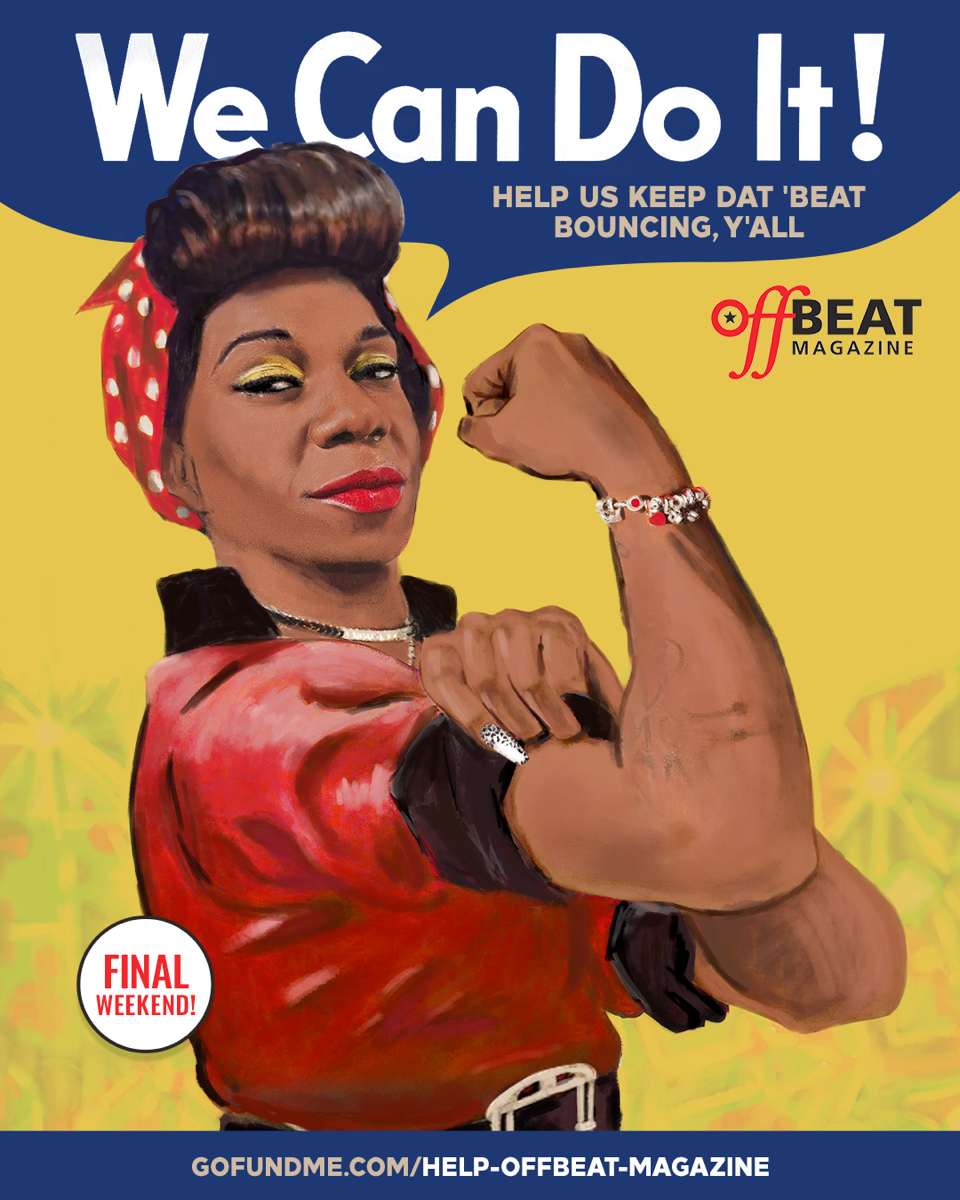 |
Not surprisingly, Hurricane Katrina’s aftermath was irresistible for photographers. How often does the landscape you’ve known all your life become an unimaginable, alien place? How often does any place in America turn upside down, so that the trappings of domestic and urban life sit next to destruction filmmakers never think of? That juxtaposition is the focus of George Long’s Katrina Days starting with the cover image—a stove’s heating coil covered in muck and surrounded by dried, cracking mud.
Long’s photos, like the multitude of Katrina images, are as significant as testimony as they are as art. The landscape shot of the dead fridge graveyard gives the destruction a sense of magnitude, and the house deformed by coming to rest on a car illustrates the flood’s power. The melted candelabra adds an ironic note of grace, and the snapshot-ish photo of David Vitter smiling and leaning on a shovel with his clean, white shirt tucked into his blue jeans is probably more revealing than he or Long meant it to be.
Long steps on the drama sometimes, depicting toys among the wreckage and people looking fretfully into the distance. He added captions to each shot that similarly elbow the reader hard in the ribs, as if to make sure nobody misses the point when, really, nobody could miss the point. But that’s a minor quibble, and there’s something in every batch of Katrina photos you’ve never seen before. For me, it was a shot of City Park reverting to swamp.
Long documents a city in a state of violent change, but Yoshio and Keiko Toyama’s The Holy Land: New Orleans, The Saint: Louis Armstrong is a reminder how it has always been in transition, if not always as cataclysmically so. The Toyamas lead Tokyo’s Dixie Saints and will play the Satchmo SummerFest. They’ve written a history of their relationship to New Orleans—in Japanese, though I have translations—and in addition to communicating their enthusiasm for the city and Louis Armstrong, the book is an impressive compilation of photographs of the city and its jazz musicians from the late 1960s and early 1970s. There are photos of Danny Barker working with a young Fairview Baptist Church Brass Band, the Preservation Hall Jazz Band, and Armstrong’s jazz funeral in New Orleans, along with great second line and Mardi Gras shots. For those of us who don’t read Japanese, it’s just as engrossing a picture book as Long’s, and just as valuable.




